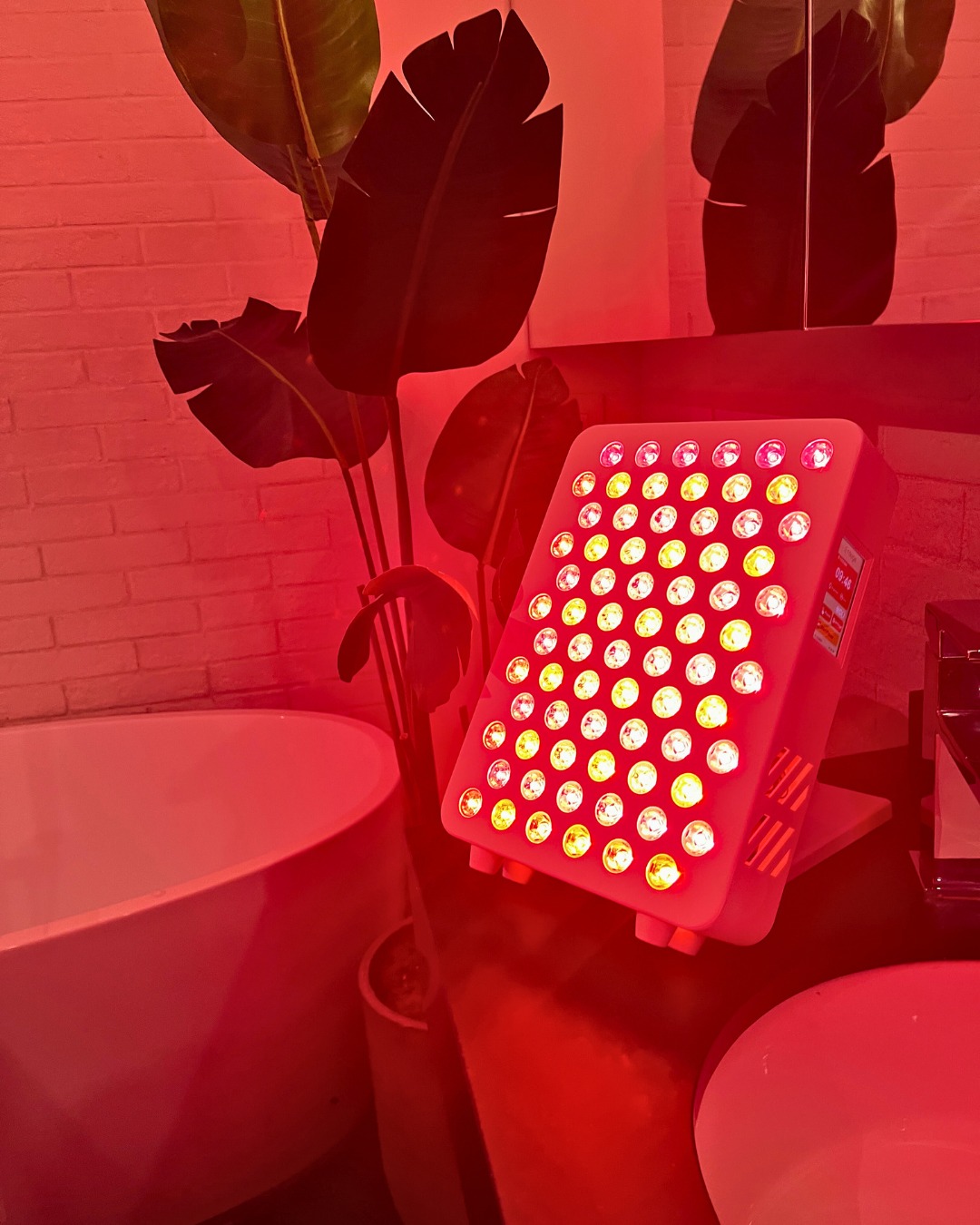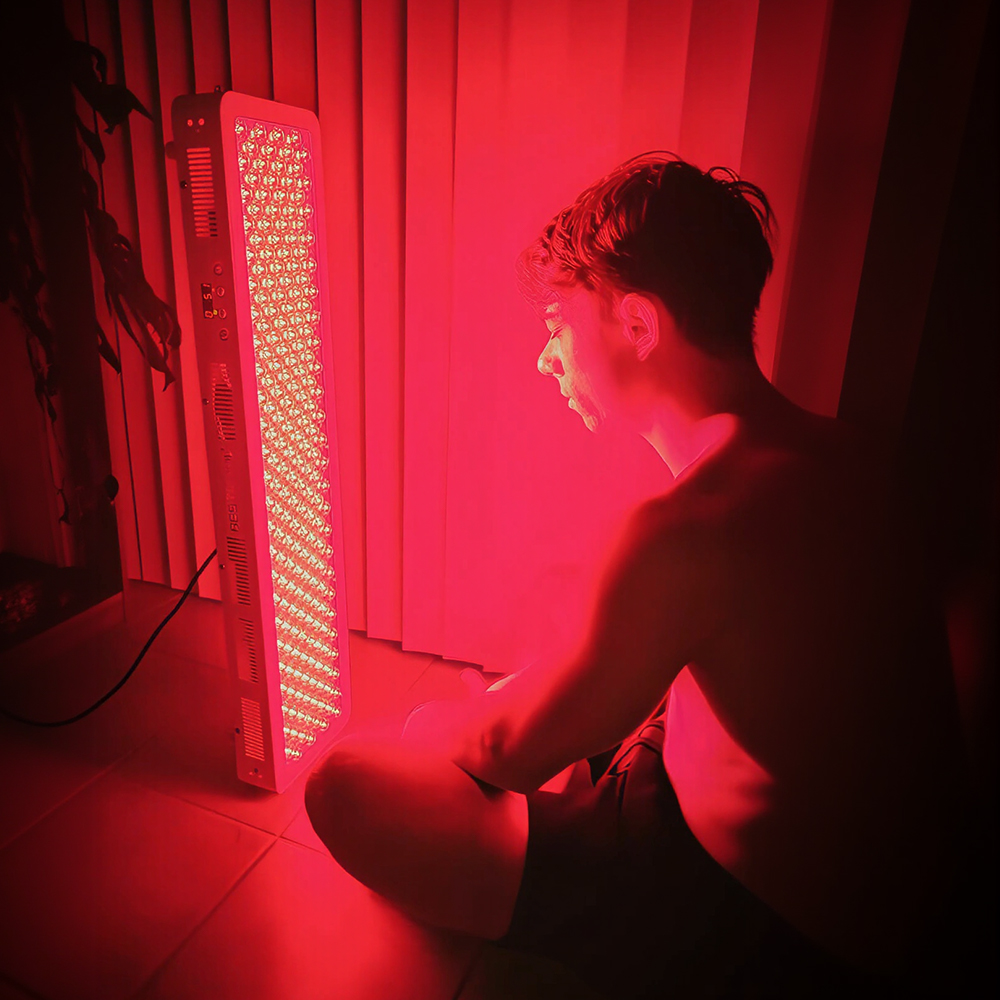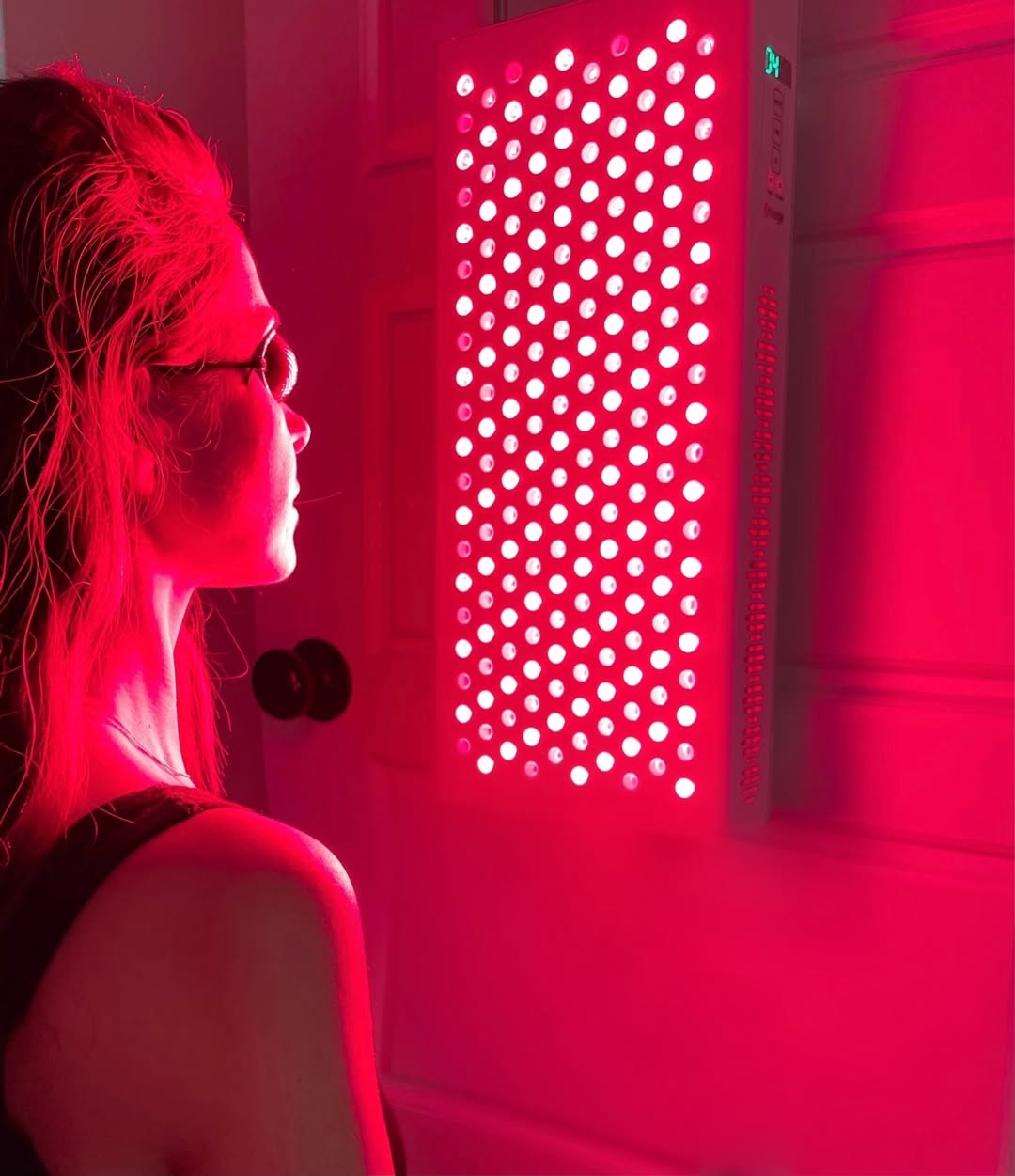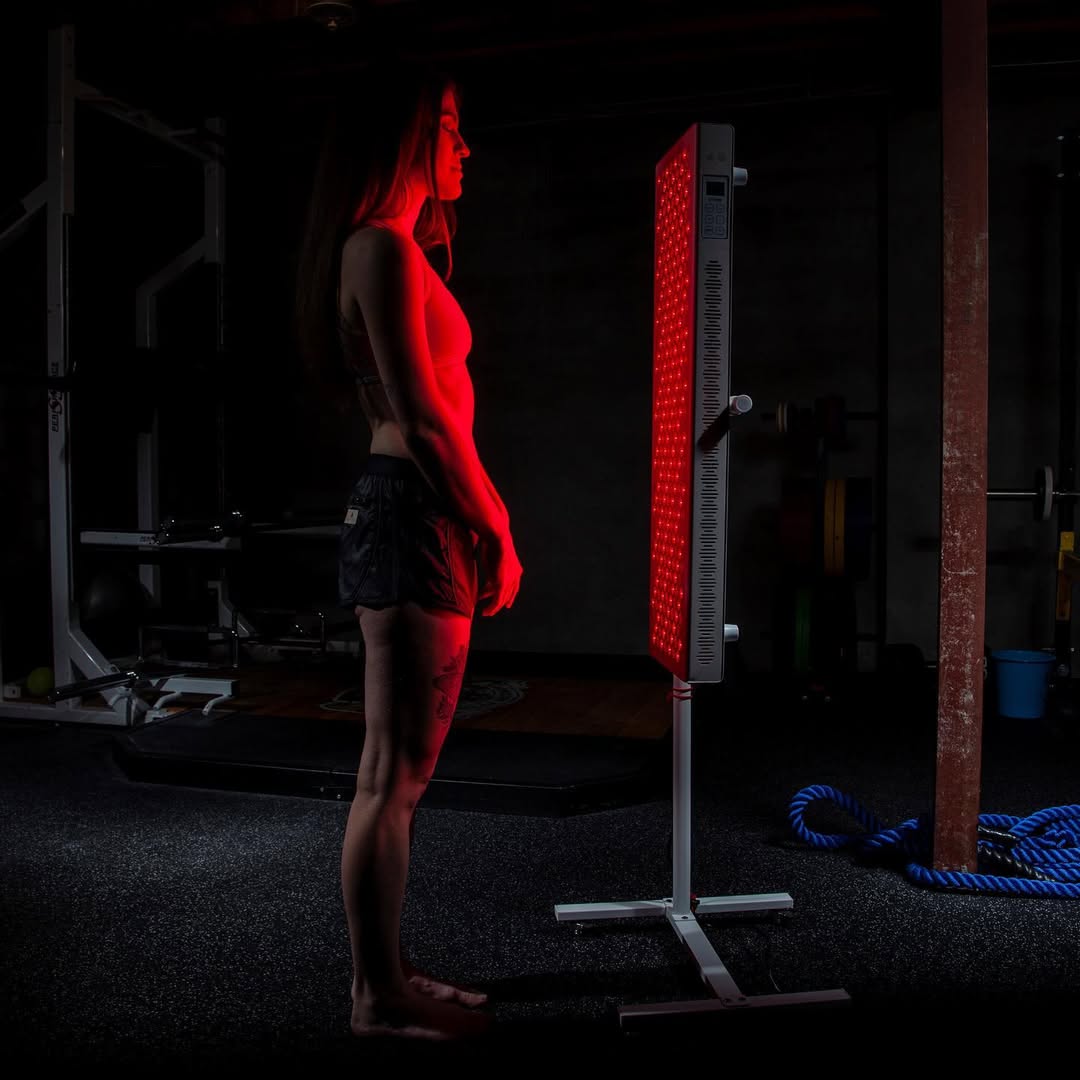![]() Free Shipping
Free Shipping ![]() Buy Now, Pay Later
Buy Now, Pay Later ![]() Eligible
Eligible
Are There Risks Involved with Red Light Therapy for Granuloma Annulare?

Granuloma annulare (GA) is a chronic, often benign skin condition characterized by raised, reddish or flesh-colored bumps that form ring-like patterns. While the exact cause remains unknown, it’s believed to be linked to immune system responses, minor skin injuries, or even certain medical conditions like diabetes.
For those seeking non-invasive treatment options, red light therapy (RLT) has emerged as a promising solution. Also known as low-level laser therapy (LLLT) or photobiomodulation, RLT uses specific wavelengths of red and near-infrared light to stimulate cellular repair and reduce inflammation. But as with any treatment, patients wonder: Are there risks involved with red light therapy for granuloma annulare?
In this article, we’ll explore:
- The science behind red light therapy
- Its potential benefits for granuloma annulare
- Possible risks and side effects
- How to use RLT safely
How Does Red Light Therapy Work?
Red light therapy works by exposing the skin to low-wavelength red or near-infrared light (typically between 630-850 nm). Unlike UV rays, which can damage skin cells, these wavelengths penetrate deep into tissues without causing burns.
Key Mechanisms of RLT for Skin Health:
- Boosts Cellular Energy (ATP Production) – Light energy is absorbed by mitochondria, enhancing cell repair and regeneration.
- Reduces Inflammation – Modulates cytokines, helping calm immune-related skin conditions like GA.
- Stimulates Collagen & Elasticity – Promotes healing and may reduce scar-like formations in granuloma annulare.
- Improves Blood Circulation – Enhances oxygen and nutrient delivery to affected areas.
Given these effects, RLT has been studied for conditions like psoriasis, eczema, wound healing, and even granuloma annulare—though research on GA specifically is still limited.
Potential Benefits of Red Light Therapy for Granuloma Annulare
While no cure exists for granuloma annulare, treatments aim to reduce lesions and discomfort. Some patients report improvements with RLT, citing:
✅ Reduced Redness & Swelling – Anti-inflammatory effects may help flatten raised lesions.
✅ Faster Healing – Improved cellular repair could speed up the resolution of patches.
✅ Non-Invasive & Painless – Unlike steroids or cryotherapy, RLT is gentle and drug-free.
✅ Minimal Side Effects – When used correctly, risks are low compared to systemic medications.
However, results vary, and some individuals may see little to no improvement.
VELLGUS Elite V2
THE #1 RATED RED LIGHT DEVICE
VELLGUS pro V2
THE #1 RATED FULL BODY RED LIGHT DEVICE
Possible Risks & Side Effects of Red Light Therapy
While RLT is generally considered safe, it’s not entirely risk-free. Potential concerns include:
1. Skin Irritation or Burns
- Overuse or high-intensity devices can cause mild redness, dryness, or even burns.
- Solution: Follow recommended exposure times (typically 10-20 minutes per session).
2. Eye Damage
- Direct exposure to bright red/NIR light can harm the retina.
- Solution: Always wear protective goggles during treatment.
3. Worsening of Lesions (Rare)
- Some users report temporary flare-ups before improvement.
- Solution: Start with shorter sessions and monitor skin response.
4. Lack of Regulation in At-Home Devices
- Not all RLT devices are FDA-cleared; some may emit ineffective or harmful wavelengths.
- Solution: Choose medically reviewed devices (e.g., Joovv, Red Light Man, or dermatologist-approved options).
5. Unknown Long-Term Effects
- While short-term use is safe, prolonged, frequent exposure lacks extensive research.
- Solution: Moderate usage (3-5 times per week) unless supervised by a doctor.
How to Use Red Light Therapy Safely for Granuloma Annulare
To minimize risks and maximize benefits:
🔹 Consult a Dermatologist – Rule out other skin conditions and confirm if RLT is suitable.
🔹 Start with Low Intensity – Begin with shorter sessions (5-10 mins) and gradually increase.
🔹 Use FDA-Cleared Devices – Avoid cheap, untested LED panels.
🔹 Protect Your Eyes – Wear goggles designed for RLT.
🔹 Monitor Skin Reactions – Discontinue if irritation persists beyond mild redness.
Final Verdict: Is Red Light Therapy Worth Trying?
For granuloma annulare sufferers seeking a non-invasive, low-risk treatment, red light therapy may offer relief—especially when combined with other therapies like topical steroids or UV light. While risks are minimal, proper usage and device selection are crucial.
Have you tried RLT for granuloma annulare? Share your experience in the comments!








